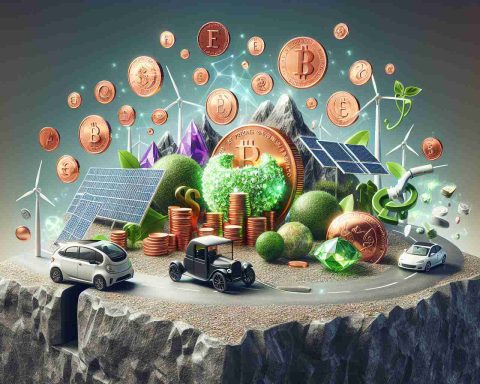Energy Storage - Page 36
Energy storage refers to methods and technologies that capture and hold energy for later use. This process enables the management of energy supply and demand by storing excess energy generated during periods of low demand and releasing it during peak demand. Energy storage systems can take various forms, including batteries (such as lithium-ion, lead-acid, and flow batteries), pumped hydroelectric systems, compressed air energy storage, flywheels, and thermal energy storage. These systems play a crucial role in enhancing the reliability and stability of energy systems, facilitating the integration of renewable energy sources, and improving energy efficiency. By storing energy, these technologies can help balance intervals of energy production and consumption, reduce reliance on fossil fuels, and contribute to grid stability.























